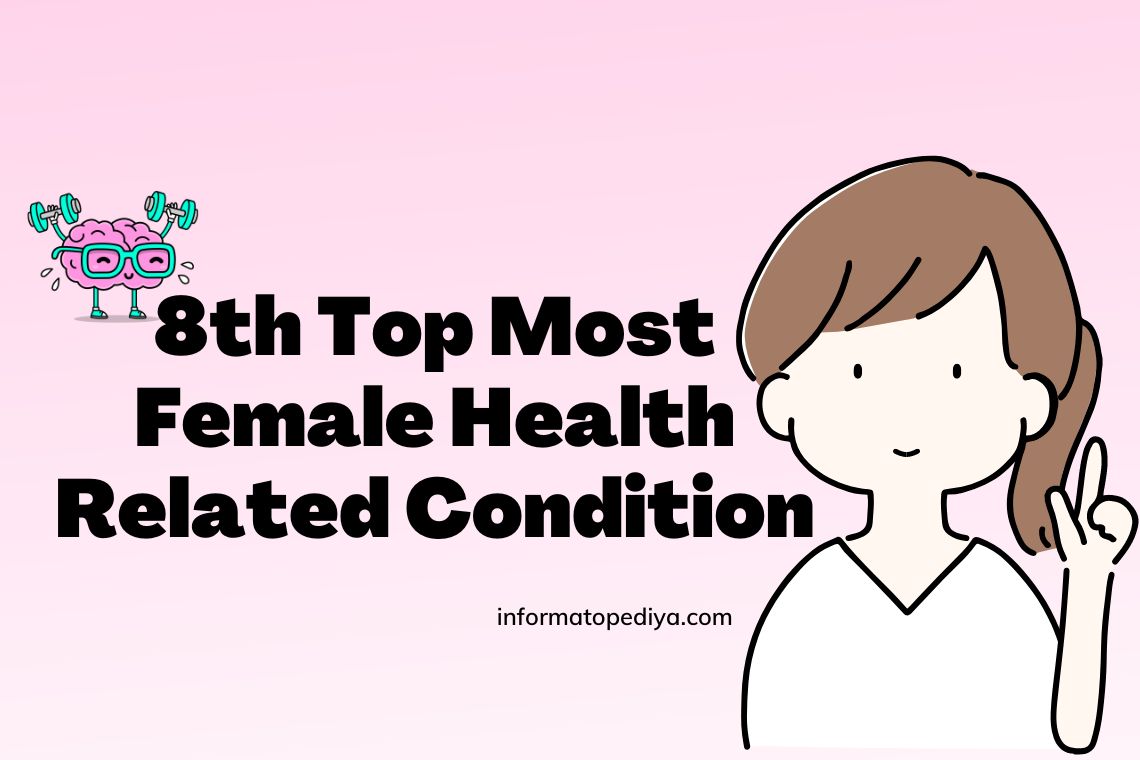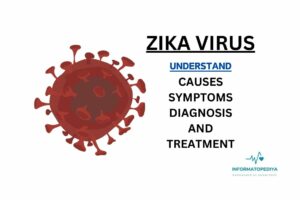
Table of Contents
8th-Top Most Female Health-Related Condition
the 8th Topmost Female Health-Related Condition: Empowering Women’s Well-being
Introduction
In today’s society, women’s health issues have gained significant attention, leading to increased awareness and advocacy. While women face various health concerns throughout their lives, there are specific conditions that demand greater focus. In this article, we shed light on the 8th topmost female health-related condition, highlighting its impact on women’s well-being. By raising awareness and understanding, we aim to empower women to take charge of their health and seek appropriate care when needed.
1. Polycystic Ovary Syndrome (PCOS)
Polycystic Ovary Syndrome (PCOS) affects millions of women worldwide. This endocrine disorder disrupts hormone levels, leading to irregular menstrual cycles, excess androgen production, and the development of ovarian cysts. PCOS can cause fertility issues, weight gain, acne, excessive hair growth, and mood swings. Women with PCOS are also at higher risk of developing diabetes, cardiovascular diseases, and endometrial cancer.
2. Urinary Tract Infections (UTIs)
Urinary tract infections (UTIs) are a common health concern affecting women, particularly in their reproductive years. UTIs occur when bacteria enter the urinary tract, causing painful symptoms such as frequent urination, burning sensations, and lower abdominal discomfort. Factors like sexual activity, improper hygiene, and hormonal changes contribute to the higher susceptibility of women to UTIs. Prompt diagnosis and appropriate treatment with antibiotics are crucial to preventing complications such as kidney infections.
3. Osteoporosis
Osteoporosis, a condition characterized by weak and brittle bones, predominantly affects women. The hormonal changes associated with menopause, specifically the decrease in estrogen levels, contribute to the development of osteoporosis. Women with osteoporosis are at a higher risk of fractures, especially in the spine, hips, and wrists. Regular exercise, a calcium-rich diet, and adequate vitamin D intake can help in the prevention and management of osteoporosis.
4. Endometriosis
Endometriosis is a condition where the tissue lining the uterus grows outside the womb. This chronic and painful disorder affects millions of women globally, leading to symptoms such as pelvic pain, painful periods, and fertility challenges. Endometriosis can significantly impact a woman’s quality of life, and early diagnosis and appropriate management, including medication and surgery, are crucial for relieving symptoms and preserving fertility.
5. Polycystic Breast Disease
Polycystic breast disease, also known as fibrocystic breast changes, is a common condition that affects women of reproductive age. It causes non-cancerous lumps in the breasts, resulting in breast pain, swelling, and tenderness. Hormonal fluctuations throughout the menstrual cycle contribute to the development of fibrocystic changes. While these changes are not usually linked to an increased risk of breast cancer, it is important for women to regularly examine their breasts and report any unusual changes to their healthcare provider.
6. Premenstrual Syndrome (PMS)
Premenstrual syndrome (PMS) encompasses a range of physical and emotional symptoms that occur in the days or weeks leading up to menstruation. Common symptoms include mood swings, irritability, bloating, breast tenderness, and food cravings. While many women experience mild PMS symptoms, some may experience severe symptoms that significantly impact their daily lives. Lifestyle changes, including regular exercise, stress management, and a balanced diet, along with medication, can help alleviate PMS symptoms.
7. Pelvic Inflammatory Disease (PID)
Pelvic Inflammatory Disease (PID) is an infection that affects the female reproductive organs, including the uterus, fallopian tubes, and ovaries. It typically occurs as a result of sexually transmitted infections, such as chlamydia and gonorrhea, but can also stem from other bacterial sources. PID can cause chronic pelvic pain, fertility problems, and potentially life-threatening complications like ectopic pregnancy and pelvic abscesses. Early diagnosis, appropriate treatment with antibiotics, and safe sexual practices are crucial to preventing PID.
8. Menopause
Menopause marks the end of a woman’s reproductive years and is characterized by the cessation of menstrual periods. The hormonal changes during menopause can lead to various symptoms, such as hot flashes, night sweats, mood swings, vaginal dryness, and reduced bone density. While menopause is a natural phase in a woman’s life, the symptoms can be managed through lifestyle modifications, hormone replacement therapy (HRT), and other medications.
Conclusion
The 8th topmost female health-related condition encompasses a diverse range of issues that impact women’s well-being. By shedding light on these conditions, we can promote awareness, early detection, and appropriate management. Women should be encouraged to prioritize their health, seek regular check-ups, and engage in open conversations with healthcare providers. Empowering women with knowledge about these conditions allows them to make informed decisions about their bodies, leading to healthier and happier lives.







The passion you have for this subject is evident in every word.
This is my first time pay a quick visit at here and i am really happy to read everthing at one place